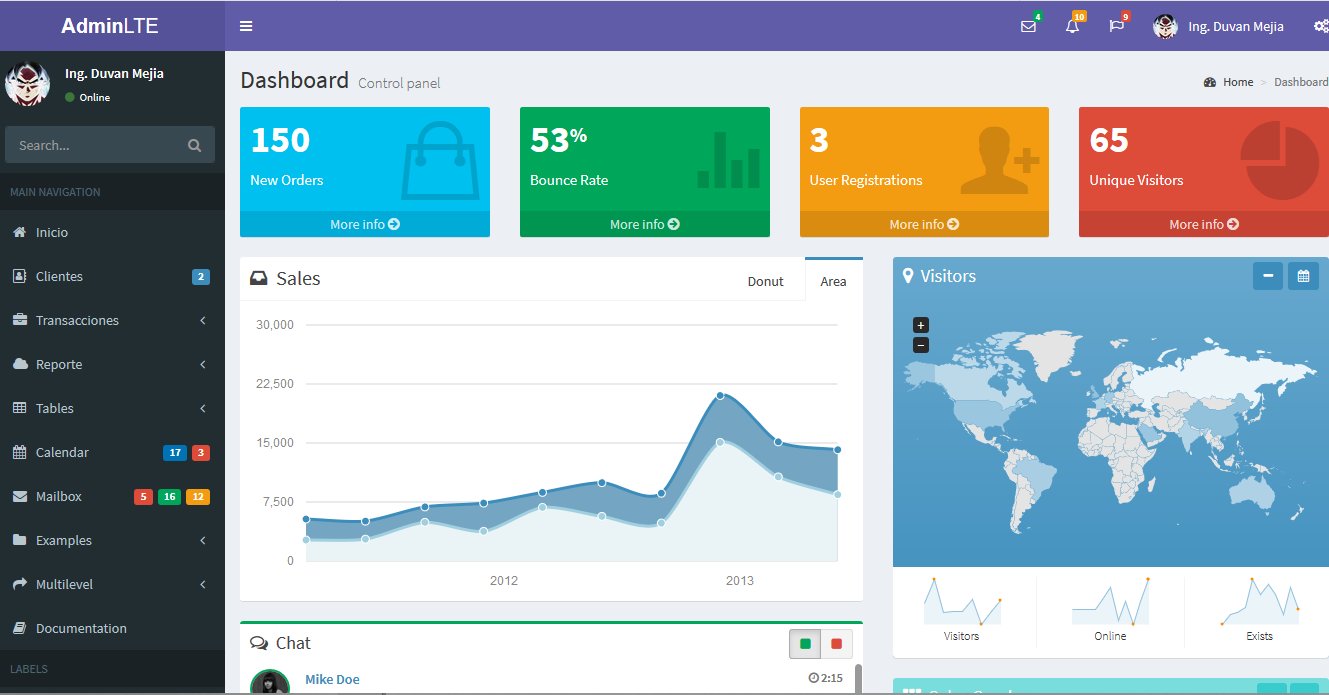MoneyExchange was developed by Duvan Mejia, with the documentation available on docs.djangoproject.com.
Documentation | Examples | Support | Changelog
This package officially supports all currently supported versions of Python/Django:
| Python | 2.7 | 3.6 |
|---|---|---|
| Django 2.0 | 🔵 | ✅ |
| Django master | ❌ | ❌ |
| Key | |
|---|---|
| ✅ | Officially supported, tested, and passing |
| 🔵 | Tested and passing, but not officially supported |
| 🔳 | Not officially supported, may break at any time, most tests passing |
| ❌ | Known incompatibilities |
Authored by Duvan Mejia.

- Python 3.6.6
- Django 2.0
Clone this repository into your project:
git clone https://github.com/DuvanSGF/changehouse.gitDownload the zip file and unpack it:
widget https://github.com/DuvanSGF/changehouse/master.zipunzip master.zip
Installing Virtualenv
For the next step, we are going to use pip, a tool to manage and install Python packages, to install virtualenv.
Create the folder: In the Command Prompt, execute the command :
mkdir changehouseand then :
cd changehouseand finally in the Command Prompt, execute the command below:
virtualenv .or
pip install virtualenvOur virtual environment is installed. Now before we start using it, we need to activate:
.\Scripts\activateIt’s very straightforward. Now that we have the venv activated, run the following command to install requirements:
pip install -r requirements.txtYou'll need to see the documentation If you not understand something. See that documentation for guidance.
- Install postgres, MySQL (In my case I have installed XAMPP).
- Create
changehousedatabase.
These settings should be reviewed and set or modified BEFORE any migrations have been run.
After you have configured all migration settings, run
python manage.py migratethen
python manage.py makemigrationsThese settings should also be reviewed and set or modified before importing any data.
If you is here! Congrats only two steps more and it's ready!
I'm finding some bugs and I will fix.
Run the following command :
$ python manage.py createsuperuserUsername: Your name
Email address: [email protected]
Finally, run the development server:
$ python manage.py runserverNow, open a Web browser and go to “/site/” on your local domain – e.g., 127.0.0.1:8000 You should see the admin’s login screen:
MIT, as the original project. See MIT License.








